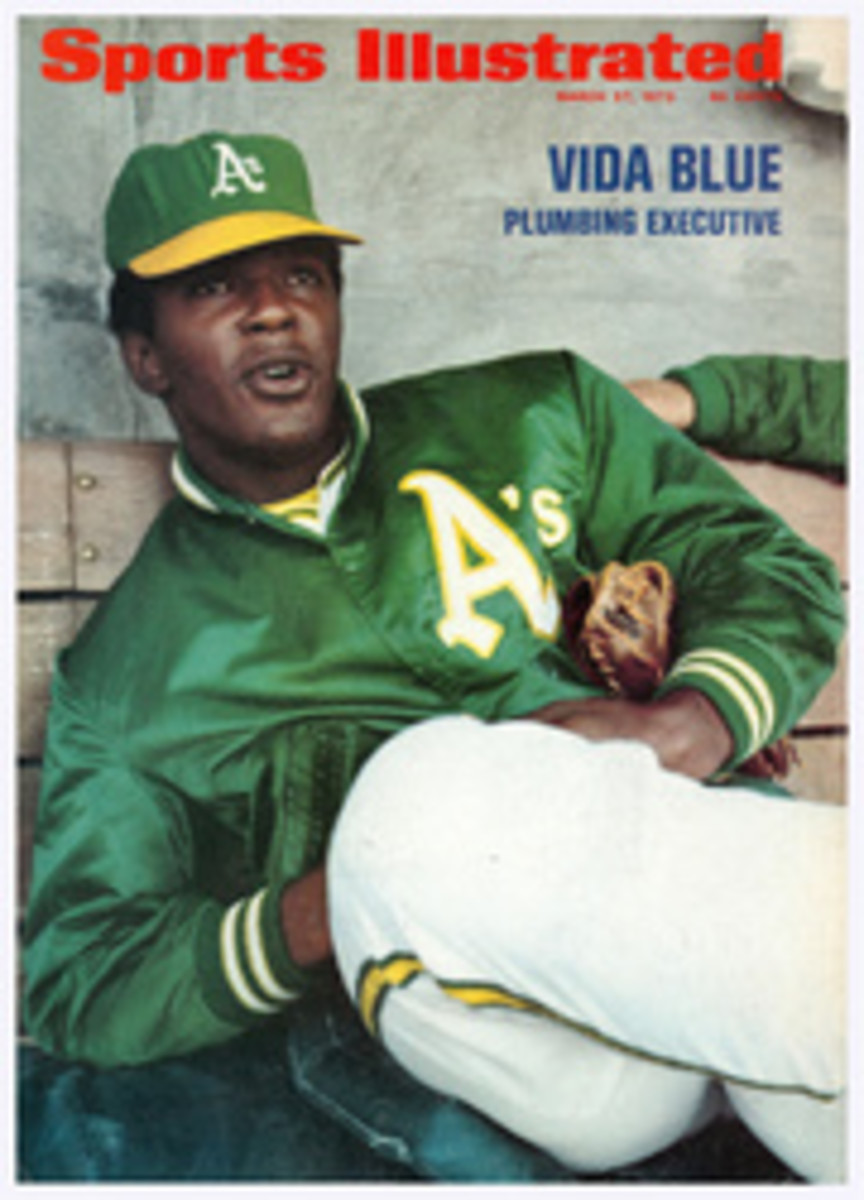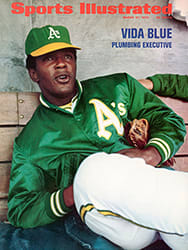
LETTER FROM THE PUBLISHER
Most Americans remain indifferent to the enormous interest soccer generates in most countries but our own. Busy following their own major spectator sports, particularly football, baseball and basketball, U.S. fans have little time to spend attempting to appreciate the nuances of this comparatively amorphous and free-flowing game. Hence it is difficult for them to understand how soccer can spawn superstars of the magnitude of a Pelé or a George Best (page 60), whose followings number in the tens of millions and stretch across the world. What, we wonder, do all those cheering millions see in the game?
What they see, no doubt, is what Mark Kram saw when he watched George Best at work on the soccer field at Manchester last fall—an excellent athlete "at the peak of his skill and viewing his specialty with a kind of joy."
There are signs that more Americans are beginning to see in soccer what Kram saw. As our domestic sports place increasing emphasis on height and heft, it is only natural that youngsters less physically endowed should begin looking for a game they, too, can play. They are finding that soccer still has a place for the good little man. And, as athletic costs soar, schools are finding soccer's low demands for fancy equipment and uniforms to be an attractive plus.
"Young people have started to question the size and weight requirements of American professional sport," says Steve Negoesco, soccer coach at the University of San Francisco and a former first-division player in Rumania. "A recent study showed that 92% of these youths are not physically large enough to play on other kinds of professional teams. But they can play soccer. It's a natural game for a kid of almost any size."
Indicative of the growth of U.S. soccer is the fact that the college game here is less monopolized by foreign students. "Foreigners are having a much harder time making our squad now," says Negoesco. In addition to domestic talent, the game is developing a distinctive American style. Most U.S. college players go at the game with uncommon vigor, displaying what amounts to a rougher version of the English style. The NCAA championships in Miami last December featured a type of body contact that would have shocked Europeans.
Lagging behind the new cadre of U.S. soccer talent is the U.S. soccer fan, whose number is scarcely legion and who is still not educated to the game's finer points. A typical American crowd might ignore a skillful pass or dribble, then cheer a 30- or 40-yard kick that misses the goal, just as a European might cheer a long foul in baseball.
But all that may be needed is the development of some genuine homegrown soccer heroes along the lines of Best or Pelé. Although this could be decades away, if and when American soccer can produce its own charismatic heroes—its Joe Namaths, Willie Mayses or Abdul-Jabbars—we may one day ask not what others saw in the game but why it took us so long to see it ourselves.
PHOTO

